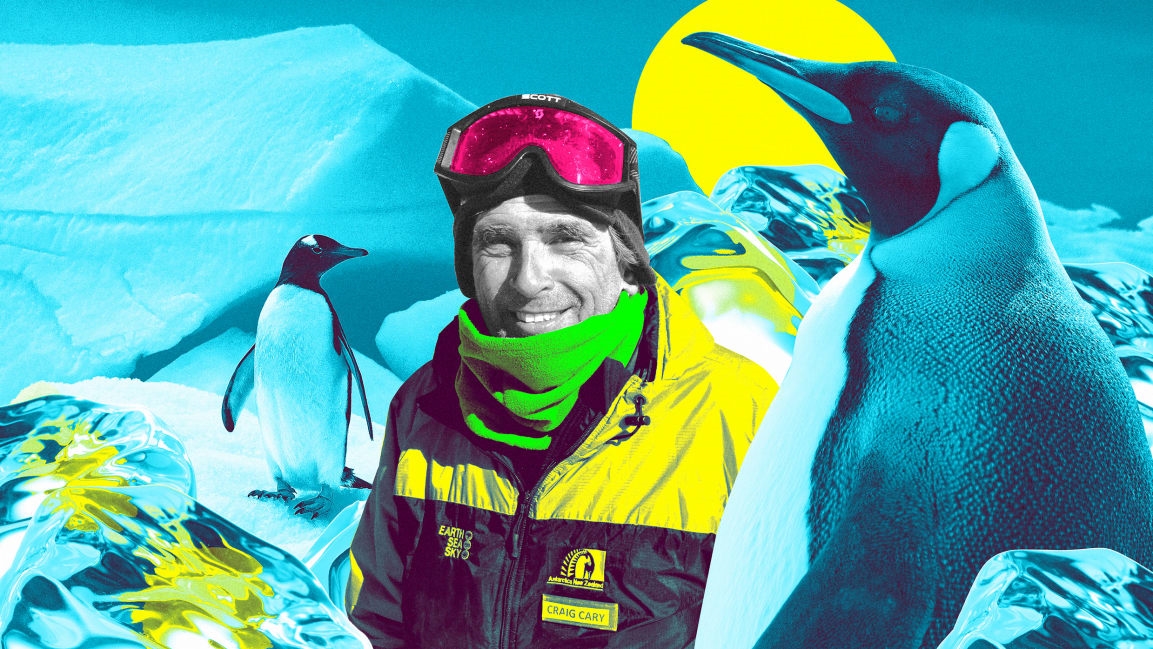How I got my job as an Antarctic climate researcher
Editor’s Note: This article is part of Fast Company Spark, a new initiative for middle and high school readers.
Craig Cary has had a lot of experience with smelly penguins. He is the primary chair of the Antarctic Near-shore and Terrestrial Observation System (ANTOS) and a professor at Waikato University in New Zealand. Over the span of 26 deployments to Antarctica, he’s interacted with many penguin colonies with almost 1 million birds. He says that while they are incredibly cute, they are also aggressive and noisy. During a few weeks in December, the sun doesn’t set in Antarctica–and the penguins don’t sleep. As a result, they chatter relentlessly, making them especially difficult to work near.
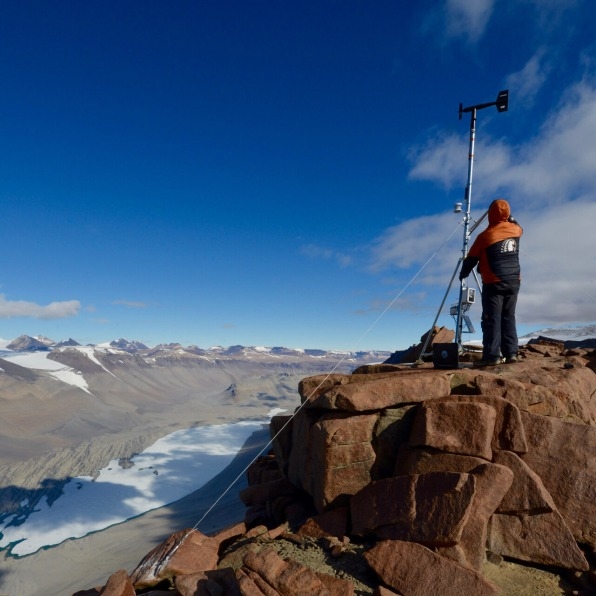
[Photo: courtesy Dr. Craig Cary]
Cary doesn’t just work with penguins, though. He is working to develop a network of weather stations with biosensors to observe the minuscule changes in bacteria, which hint at Earth’s changing environment. Bacteria are a little bit like humans: They adapt to fluctuating environments, and then change their future behavior accordingly. So, the degree of warming temperatures can be seen by the changes in the bacteria. He’s basically working to help predict the future of climate change.
How do you get such a cool job?
Cary’s interest in marine biology started when he was a young teen working at an aquarium in London, studying marine animals and later researching microbiology at Cambridge University. From there, he moved to the U.S. to study marine biology at the Florida Institute of Biology. He then won the Our World Underwater (OWU) scholarship, and was fully funded to travel around the world and meet top scientists, underwater photographers, geologists, and biologists. “The OWU scholarship completely changed my career direction,” he says. “Before getting the award, I had no intention of going back to university to get a higher degree. The experiences I got during that year showed me what I wanted to do.”
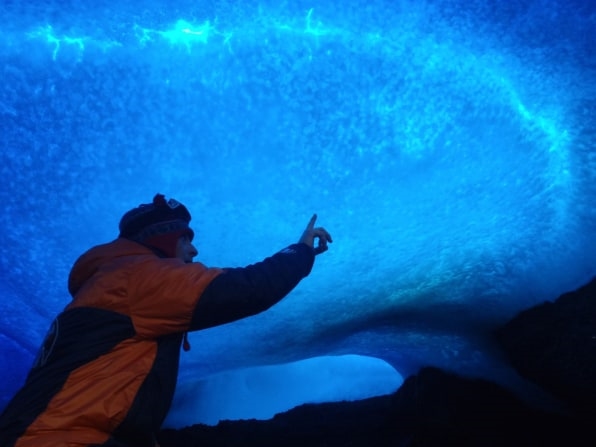
He completed a Masters of Science at San Diego State University, and earned his PhD at the University of California, San Diego’s Scripps Institution of Oceanography. While doing his PhD, his love for diving blossomed. He’s done over 50 dives around the world, and he says “each one of those has been incredible.” Through these dives, he’s studied underwater bacteria on vents, traveling 1.5 miles below the surface. An ocean vent sits over a deep fissure in the ocean surface and ejects hot, toxic, fluids and gases into the surrounding seawater. These hydrothermal vents support unique ecosystems and their communities of organisms in the water.
Cary’s work is primarily focused on studying such bacteria in harsh environments, like deep-sea thermal vents and the soils of Antarctica. In 2001, he visited the University of Waikato in New Zealand, on a one-year sabbatical from his position at the University of Delaware. From there, he made his first trip to Antarctica and realized that it was a “gold mine for potential research.”
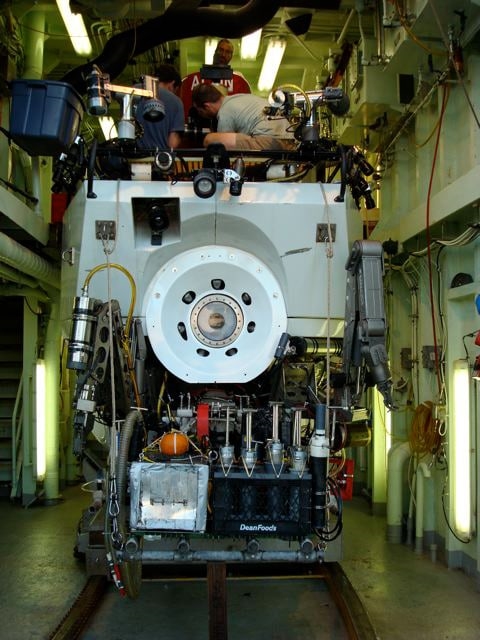
[Photo: courtesy Dr. Craig Cary]
In 2003, Cary accepted a position at the University of Waikato, and started his research on microbiology there. He is now the primary chair of the ANTOS steering committee consisting of 14 scientists and students. His team is made up of an administrative assistant, technical advisor, a data management team, physical science representatives, and Antarctic permafrost and soils (ANTPAS) representatives.
In November 2022, which is the summer season for Antarctica, he and his team will be searching for common bacteria by drilling holes in Mount Erebus, the southernmost active volcano on Earth. Common bacteria are found all over Earth, but Mount Erebus erupts routinely, and is completely surrounded by ice and desolate stretches of land. If they find common bacteria, it will indicate the flow of bacteria throughout the world. Bacteria fight, survive, and die by the trillion every moment, everywhere. As scientists discover more about these organisms, it’s clear that bacteria have a huge impact on our future and can even hint at Earth’s past.
What’s it really like to be a climate researcher in Antarctica?
When Cary is deployed in Antarctica, his team is prepping, packing, and testing equipment. In such barren conditions, safety is always the first priority. They are packing meals, checking insulation, and monitoring their body health. When they’re out on the terrain, they live in thick tents, cook on camp stoves, and try to avoid the penguins. Every day, they visit a given location and collect data. But, he says, “the weather can get really bad, without warning. We have to be prepared for everything.”
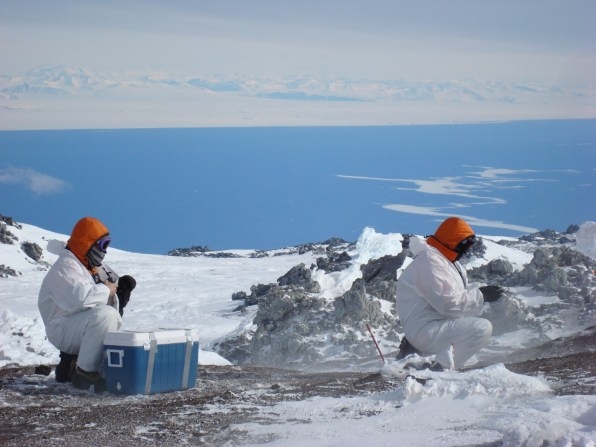
[Photo: courtesy Dr. Craig Cary]
Deployments to Antarctica only last about 4-6 weeks from November to March. Most of the time, Cary is back home in New Zealand working with his graduate students, which he says is one of the most rewarding parts of his job: “There’s nothing like working with young, sharp minds who have so much enthusiasm. They are the future of what we do.”
But every time he returns to Antarctica, the blinding beauty takes him back to his first trip there. “The challenge of working in such extreme conditions pushes me personally and professionally,” he says. He wouldn’t change his career for anything–despite the smelly penguins and frostbite.
Natasha Pereira is a sophomore at Scarsdale High School in Westchester county, New York. She enjoys writing, reading, tennis, and chemistry. She hopes to become a lawyer, and perhaps go into politics–and she loves boba tea!
(41)


